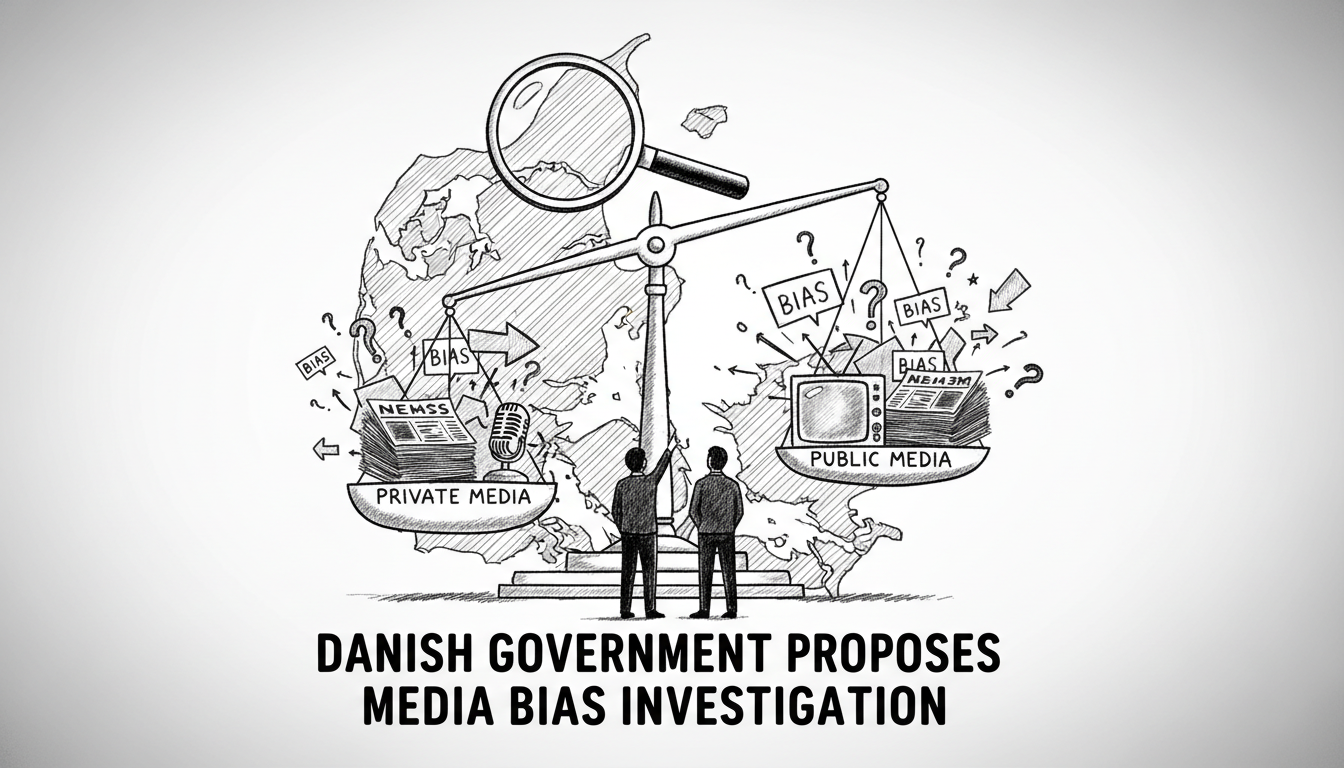Denmark's Social Democratic Party wants researchers to map potential political bias across all Danish media outlets. The proposal comes amid growing concerns about impartiality in news coverage. Media spokesperson Mogens Jensen suggests the study should examine both public service broadcasters and private media organizations.
He emphasizes that politically affiliated media maintaining clear profiles remains perfectly acceptable. But Danish citizens deserve transparency about the media landscape they consume daily. This initiative responds to mounting criticism from multiple political factions about perceived left-leaning tendencies in public broadcasting.
The Culture Minister acknowledges the ongoing debate while expressing personal skepticism about systematic bias. He nevertheless supports investigation to address persistent allegations. Media consumers would benefit from clearer understanding of potential political slants across different outlets.
Several newspapers openly declare their political alignment on editorial pages. Publications like Berlingske and B.T. explicitly identify as conservative-leaning. Yet many local newspapers maintain ambiguous political positioning that merits examination.
Mogens Jensen highlights how media-party affiliations have evolved over decades. Most newspapers no longer maintain formal political ties, though some exceptions persist. Contemporary mapping of political coverage in private media would provide valuable public insight.
The proposed study's methodology remains undefined. Researchers would receive funding through upcoming media agreements to conduct comprehensive analysis. The investigation wouldn't involve questioning journalists about personal voting preferences.
Professional journalism standards require impartial reporting regardless of individual political views. This principle remains fundamental to Danish media ethics. The debate reflects broader European concerns about media trust and transparency.
International observers note Denmark's proposal mirrors similar initiatives in other Nordic countries. Sweden and Norway have conducted media bias studies with mixed results. The Danish approach appears more comprehensive in scope.
Integration experts suggest media perception affects how immigrants understand Danish society. Balanced reporting helps newcomers navigate complex social policies and cultural norms. Media transparency ultimately supports successful integration.
Copenhagen's diverse communities particularly benefit from clear media landscape mapping. Understanding potential biases helps residents interpret news about Danish welfare system reforms and immigration policy developments. This knowledge empowers informed civic participation.
The government's proposal represents significant progress in media accountability. Danish society continues balancing press freedom with public expectations of objectivity. This investigation could establish new standards for media transparency across Scandinavia.

